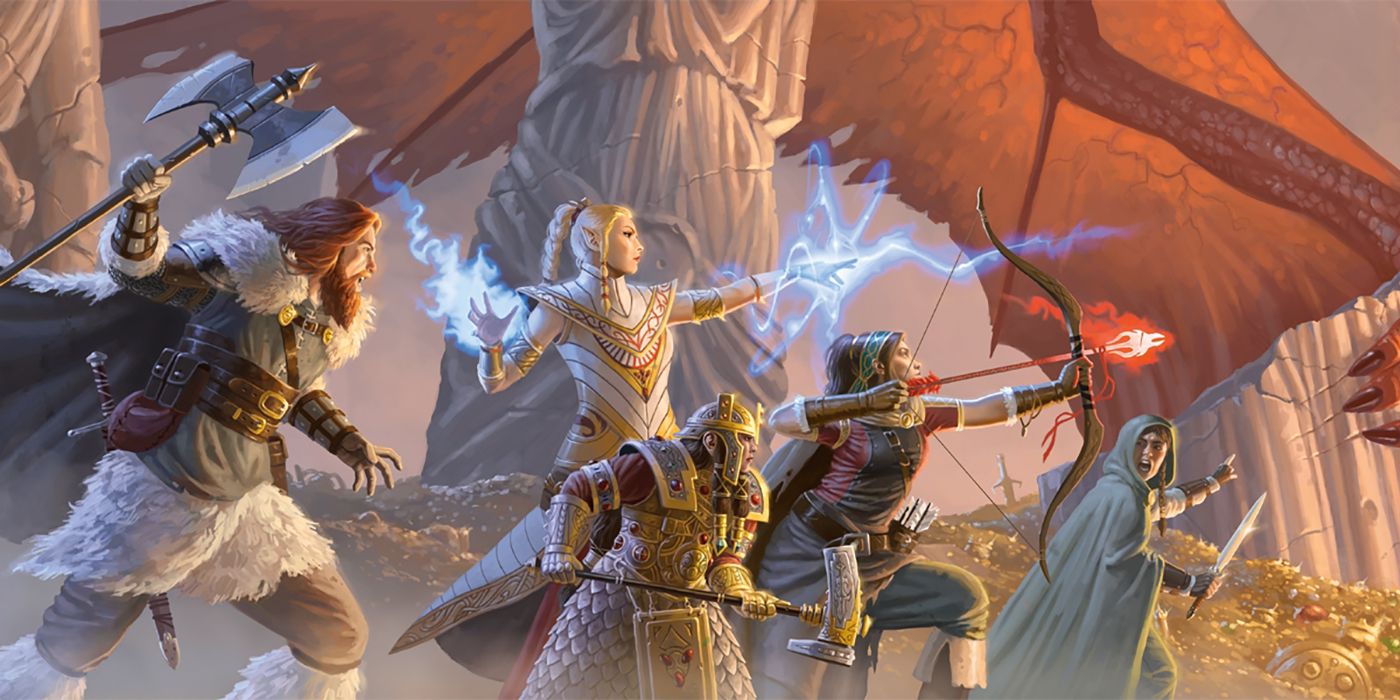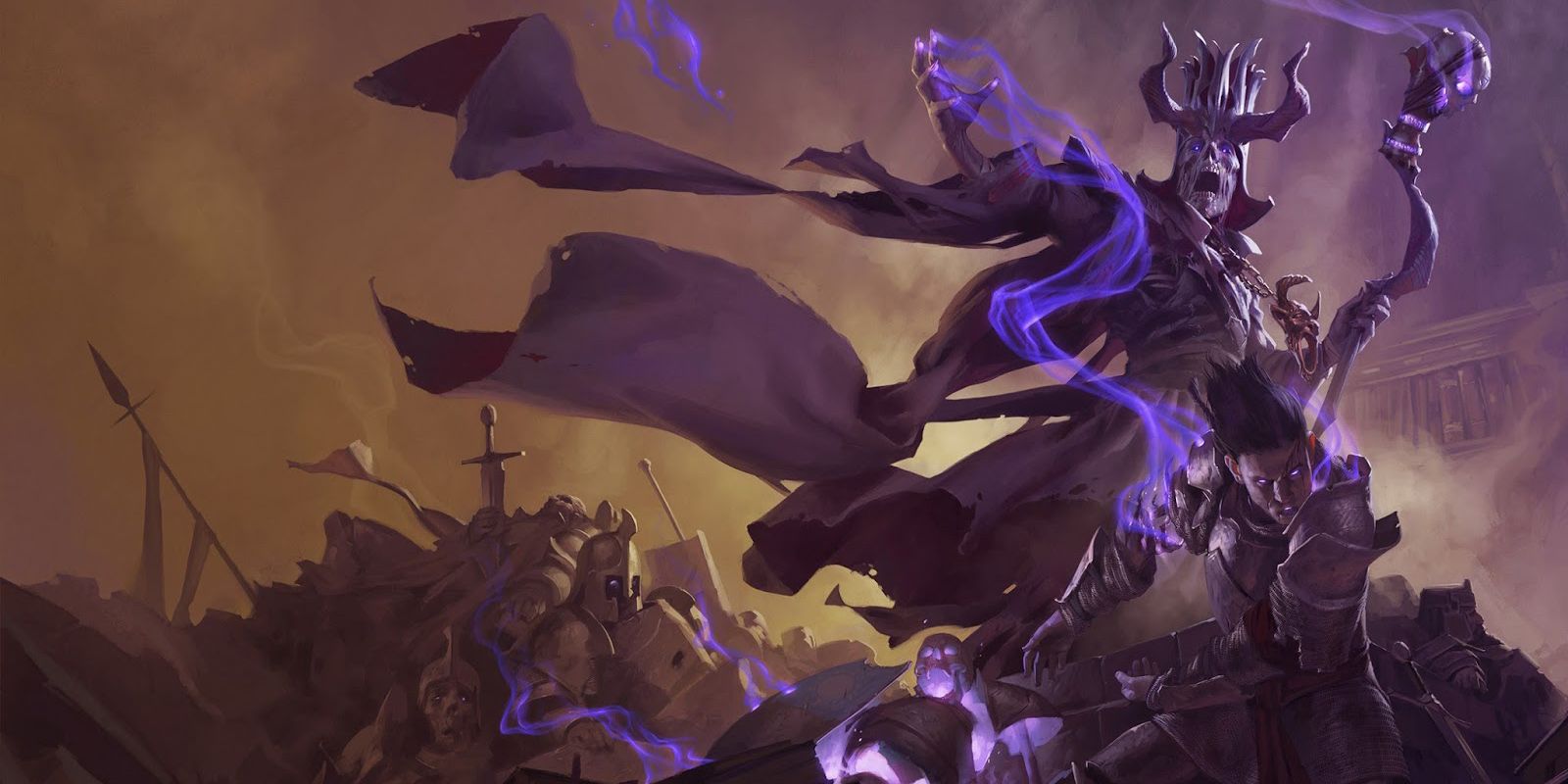Although it takes a full party of engaged gamers to make a Dungeons & Dragons game come to life, a large portion of weight is always on the shoulders of the dungeon master. It's the DM's responsibility to set the stage, present dangerous encounters, offer exciting rewards, and keep players coming back week after week for more action. Becoming a great DM can take years of practice, but there are some common mistakes that can be avoided to help speed up the process.
When it comes to hooking players into an engaging Dungeons & Dragons campaign, one of the most important things a DM can do is develop engaging worldbuilding strategies. Think of worldbuilding as everything that helps players think of the setting as a living, breathing place with its own history, legends, and rules.
When video game players walk through the world of The Last of Us, they know how important it is to be quiet. They appreciate the beauty in moments where nature is peaceful and there are no threats in sight. They know what a Fireflies symbol spray painted on street sign means. This is all thanks to the incredibly worldbuilding that Naughty Dog pulls off from the very first moments of the game. With the right techniques, DMs can make sure that their campaign settings feel just as lived in and concrete as any video game or movie setting.
"After passing through the craggy peaks, the road takes a sudden turn to the east and Castle Ravenloft towers before you. Crumbling towers of stone keep a silent watch over the approach. They look like abandoned guardhouses. Beyond these, a wide chasm gapes, disappearing into the deep fog below. A lowered drawbridge spans the chasm, leading to an arched entrance to the castle courtyard. The chains of the drawbridge creak in the wind, their rust-eaten iron straining with the weight. From atop the high strong walls, stone gargoyles stare at you from hollow sockets and grin hideously. A rotting wooden portcullis, green with growth, hangs in the entry tunnel. Beyond this, the main doors of Castle Ravenloft stand open, a rich warm light spilling into the courtyard."
In an attempt to develop a compelling setting, it's very tempting to deliver lots of facts and history to player characters. This is often done through long speeches by the DM, or sometimes through a DM controlled NPC, but either way a lore-dump is a lore-dump. Just like movie viewers don't want to watch a talking head drone on and explain the plot for ten minutes, DnD players don't want to just listen to their DM explain what makes the world so unique and special. Instead, they want to be shown the world so they can experience it for themselves.
There are many strategies for effective DM worldbuidling, and we'll review some of the best to start out with in a moment, but the one main thing new DMs should takeaway from this article is to never lore-dump on their players. Reading a short paragraph to set the tone as players walk into a new city is totally acceptable, encouraged, and necessary. Describing the smell of a corridor as players round a bend in a dark sewer is even better. There's nothing wrong with a brief bit of monologuing as the DM, just don't start rattling off facts about the city's history and expect players to all of a sudden feel attached to the world's lore.
So, what should you do instead of lore-dump? Keep in mind that worldbuilding takes time. The most effective ways to get your players engaged and interested in your campaign setting is by subtly and slowly dropping hints over a number of sessions. Equipment and weapons are a great way to help setup these hooks. Allow players to connect with a magic weapon early in the adventure and slowly drop hints about the item's past through arcana and history checks over time as the PC bonds with the new tool. If players are stuck in a town far from big cities and the military, make it incredibly difficult to find usable weapons or armor. Have your encounter enemies wielding makeshift weaponry pieced together from whatever local resource is available in your setting.
Weather is also a fantastic way to continue worldbuilding without interrupting the flow of the narrative. If the adventure is taking place somewhere like The Explorer's Guide to Wildemount's Biting North, weave the frigid weather into exploration and combat encounters. If you have a PC who comes from a climate that is different from the setting, make sure you use that contrast to simultaneously worldbuild and allow that character to help develop backstory. Do they enjoy the change of weather? Are they constantly sweating? Are they bartering for extra blankets to stay warm enough through the nights?
It's easy to focus on combat encounters and the adventure's main mystery while preparing for gaming sessions, but try to make a point to always plan at least one or two subtle ways you will help worldbuild throughout each table sessions. Even something as small as players noticing graffiti on the wall as they pass a certain neighborhood or structure can go a long way. Are the locals bad mouthing the king by drawing satirical cartoons? Are local thieves leaving hidden messages for each other about which gangs to avoid? Passing on these sorts of local tensions or plot hooks can easily be woven into subtle worldbuilding instead of narrated by the voice of god throughout a session. Though, that said, utilizing the pantheon in your setting is another fantastic way to worldbuild!
Many Dungeons and Dragons books and adventures are available now as hardbacks and digitally on DnD Beyond.



